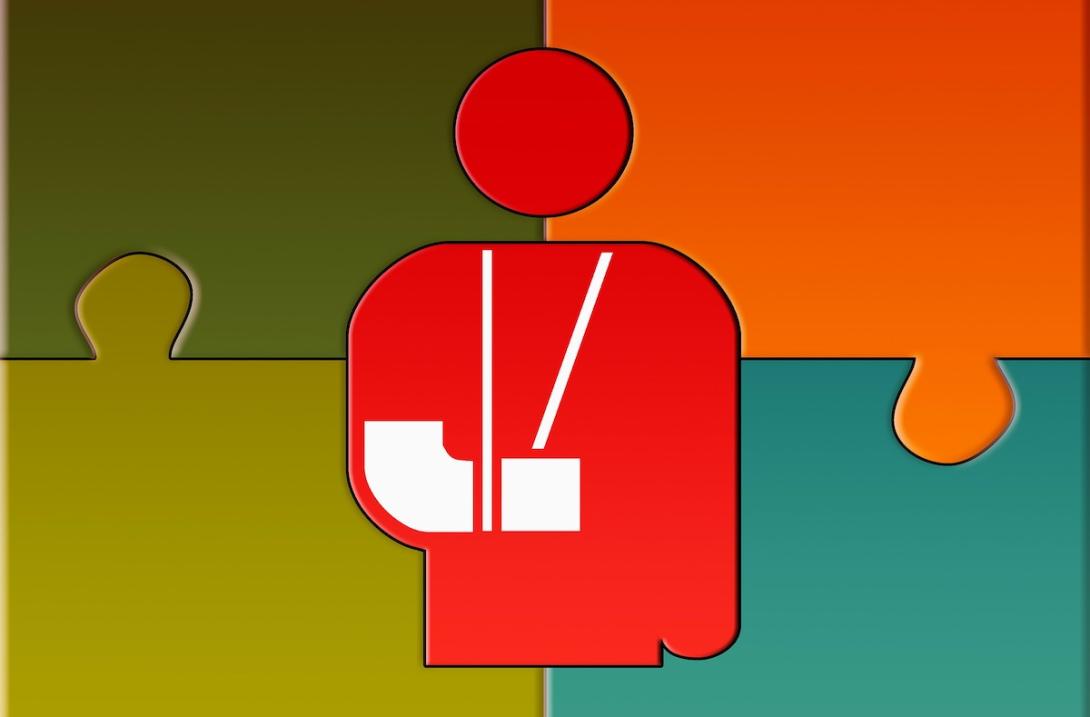
Rep. Rachel Prusak, D-Tualatin/West Linn, and other members of the Oregon Legislature’s House Interim Committee on Health Care are working on legislation to help keep untold thousands of Oregonians from losing their health care. In doing so, they are also laying the groundwork for a so-called “public option” for insurance in the state.
The details of the forthcoming committee bill are yet to be determined, but Prusak said it’s a high priority. “Once we get going, we’ll only have three days of hearings before I could do work sessions, but because it’s such a priority, I know we’ll get it done,” she said.
It’s urgent because during the pandemic, federal officials temporarily paused the normal process used to regularly check the eligibility of people receiving free health care under the Medicaid-funded Oregon Health Plan.
Since then, the number of enrollees has swelled from 1.1 million to 1.37 million, or from about 1 in 4 lower-income Oregonians to nearly 1 in 3. But redeterminations would resume after the declaration of a public health emergency could be lifted, meaning many Oregonians could suddenly be left without a health plan because their salary has climbed above the Medicaid income cap.
The goal, Prusak said, is to give the Oregon Health Authority some leeway in keeping people covered, particularly those who need it to ensure no lapse in care. And, to keep the state’s authority, “But provide that flexibility, with a focus on continuity of care.”
That is trickier than it might seem. The state has contracted out delivery of care under the Oregon Health Plan to regional coordinated care organizations that essentially are highly regulated insurers that are reimbursed with a mix of state and federal funds. Commercial insurers operate under a different set of rules and in different geographical areas.
Oregon lawmakers for years have been intrigued by what now seems a possible solution: a public option. This is essentially a state-sponsored insurance plan for people who lack or can’t afford commercial health insurance coverage and don’t qualify for Medicaid or Medicare. It’s a plan that was laid out in successive state reports.
The initial report was cut short due to the COVID-19 pandemic. But the follow up report was delivered to the Legislature Jan. 1.
It proposed that a public option be offered using the existing care networks and insurers employed by the Oregon Health Plan. The coverage could be sold through the Oregon Health Insurance Marketplace, thus allowing premiums to be reduced by federal premium tax credits.
“I think OHA is doing their best to figure out where we can fit these folks in and get them enrolled in a marketplace plan so they don’t lose coverage, said Maribeth Guarino, a health care advocate for OSPIRG, which is part of a coalition backing a public option plan. “I think that’s the No. 1 fear from all of us, is that we’ll have 300,000 people who are no longer insured — and no one wants that.”
The bill Prusak is considering would allow state officials to further explore disengaging from the federal health insurance marketplace, which Oregon had employed since the Cover Oregon technology project imploded at a cost of more than $300 million to taxpayers. Instead, Oregon would explore a state-based version that gives it more flexibility and control, such as those other states use.
Prusak said a crucial piece will be cost, as discussions last year about H.B. 2010, public option legislation, faced concerns from providers that reimbursement rates would not be sufficient.
“As a primary care provider watching people slip through the cracks,” said Prusak, a nurse practitioner, “I’m open to all conversations on how we get to universal coverage and access … We have a lot of people with coverage, but it’s still too expensive, so no access.
She said two hearings this week would inform the bill, one on the public option which took place Tuesday morning and the other, about helping former Oregon Health Plan members migrate to the marketplace, scheduled for Thursday.
You can reach Nick Budnick at [email protected] or via Twitter at @NickBudnick.
The public option is a red herring. It will only feed the insurance companies who do not provide health care more money and will be only another insurance in the market. The public option will not control Rx, hospital, or medical equipment costs, which are the major drivers besides insurance companies in health care. Insurance companies will still be able to cherry pick leaving those who need more care to the public option.